-
Posts
195 -
Joined
-
Last visited
Content Type
Profiles
Forums
Gallery
Events
Posts posted by cotrecerf
-
-
-
-
-
Welcome Ibozev,
from the last 2 fotos of your build it looks like the spine (keel) tends to slightly curve to the right side seen from the bottom resp. left side seen from the bow. I hope it is only an optical effect from your camera. If not, I strongly recommend to immediately ensure to have a straight spine right at this early stage of the build. I the the same problem with a kit many years ago and I did not manage to correct this mistake later on. So I really discarded the kit in the end after wasting a lot of time in fruitless repair.
best regards and thumps up
Joachim
-
Hello Bitao,
your work is "Erste Sahne" (First Cream) as we say over here. Accuracy at its best.
- Jeronimo, Keith Black, billocrates and 2 others
-
 4
4
-
 1
1
-
-
Wow, you are a real Jack-of-all-trades. I am deeply impressed.
-
Hi CDW,
I must have been blindfolded...Sorry, I'have seen the Log Header now!!
-
Hello CDW,
I just stumbled on your interesting build log. As I've not found an indication in your log, what is the scale of the car and the personnel?
Thanks
Joachim
- mtaylor, popeye the sailor, Egilman and 5 others
-
 8
8
-
Very nice work, Valery! All hull details are no "drowned" in paint but still crisp and clearly discernible. Did you use airbrush and what kind of paint (acrylic, 2-component car paint or else) did you apply?
greetings
- FriedClams, Valeriy V, dj.bobo and 3 others
-
 6
6
-
-
Giampiero,
So, all I want to say is: leave your rigging as it is, it is authentic and correct.
- giampieroricci and mtaylor
-
 1
1
-
 1
1
-
-
Buon Giorno Giampiero,
here are some photos concerning the rigging of French ships of the Venus era. They can be seen: https://www.aamm.fr/modelisme/louis_le_grand
There is ample information on the French Marine Nationale and its ships through the centuries.
- druxey, GrandpaPhil, mtaylor and 1 other
-
 4
4
-
Giampiero,
the brown coloring of the "light cables" is shown on some authentic period French ship models of the National Maritime Museum in Paris and on the cover of a modern issue of
- Traité de la fabrique des manœuvres pour les vaisseaux, ou l'Art de la corderie perfectionné, 1747. I will send a photo later.
IMHO the darker "cables" look like "goudronné" which means soaked with tarry substance like the famous Stockholm Tar. I personally like the soft colour contrast between the shrouds and the "light cables" much better than the drastic Black and White seen on many models.
Greetings and your Venus is very beautiful!
Joachim
-
I fully support John's description of the advantages of working with a wider table.
- thibaultron and Canute
-
 2
2
-
Sorry and shame on me Ron for mixing the letters of your name:
CORRECT is Ron Thibault
- thibaultron, mtaylor and Canute
-
 3
3
-
Hi Kronvold,
I support the accessories list by Tim Boultron.
The comment from Charles Green requires an IMPORTANT UPDATE:
Jim offers now a wider table for the TS: from 12 inch to 18 inch.
I for myself would opt for the wider table, but conversion of an "old" version TS require shipment to Jim's shop USA and a retutn shipment. Involved cost is too high. So I would recommend to order the a TS with the wider table from the start. I find one more valuable accessory is the SLIDING TABLE.
Greetings
- mtaylor, thibaultron and Canute
-
 3
3
-
-
-
Taking the contemporary launching plan from Frederic H.Chapman's "Architectura Navalis Mercatoria 1768" as a valid pattern I see the frames mounted in right angle (90 degree) to the keel timber. In the ship plans of this first scientific naval architect the frames are always shown at right angles to the keel even with ships having an extreme difference of drought between stern and bow.
Joachim
- Smile-n-Nod, mtaylor and allanyed
-
 2
2
-
 1
1
-
The German modelling specialist Steingraeber offers metal figures in 18th century garb: https://www.steingraeber-modelle.de/Figuren-18-Jhdt-1-64_KR62200
- thibaultron and lmagna
-
 2
2
-
many firehips were converted regular ships, ex Navy, merchant or prizes. Have a look at https://en.wikipedia.org/wiki/Fire_ship and https://en.wikipedia.org/wiki/List_of_fireships_of_the_Royal_Navy
I think their original decoration was not taken off out of two reasons: too much work involved and if one could distinguish an enemy fireship on the first glance due to "low end" outfit it was easier to to adjust own tactics.
-
Hello John,
you may have a look here: https://www.preiserfiguren.de/. They offer all sorts of figures in various scale sizes. These model figures are offered by some model railway shops as well. I bought some in 1:48 scale some years ago. The can be adopted quite easily to all historical model eras.
Greetings
Joachim
- JRB9019, thibaultron and mtaylor
-
 3
3



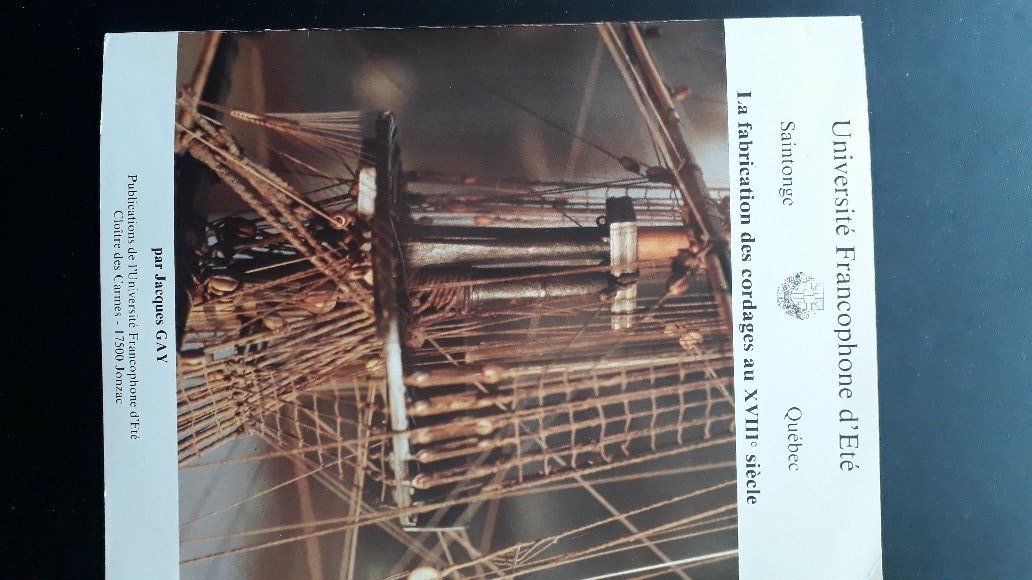

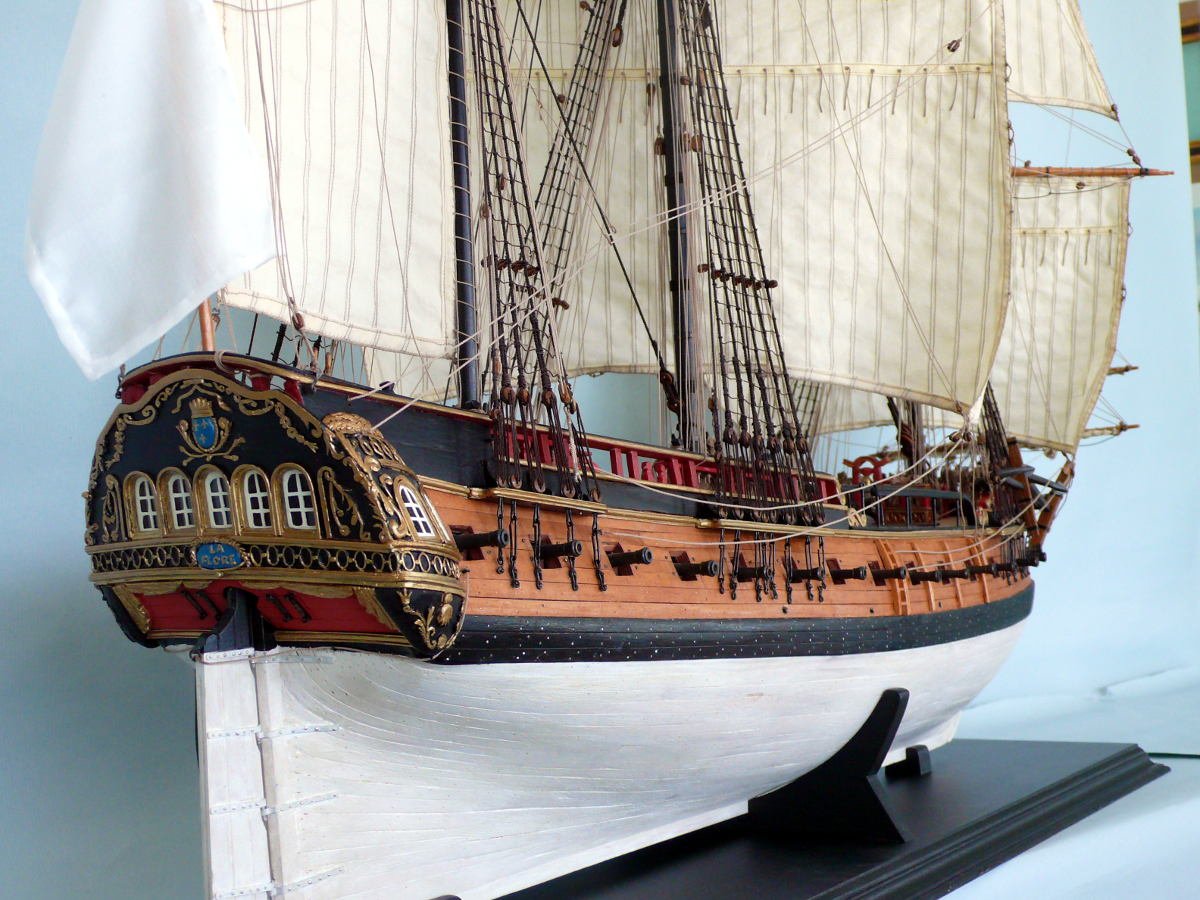
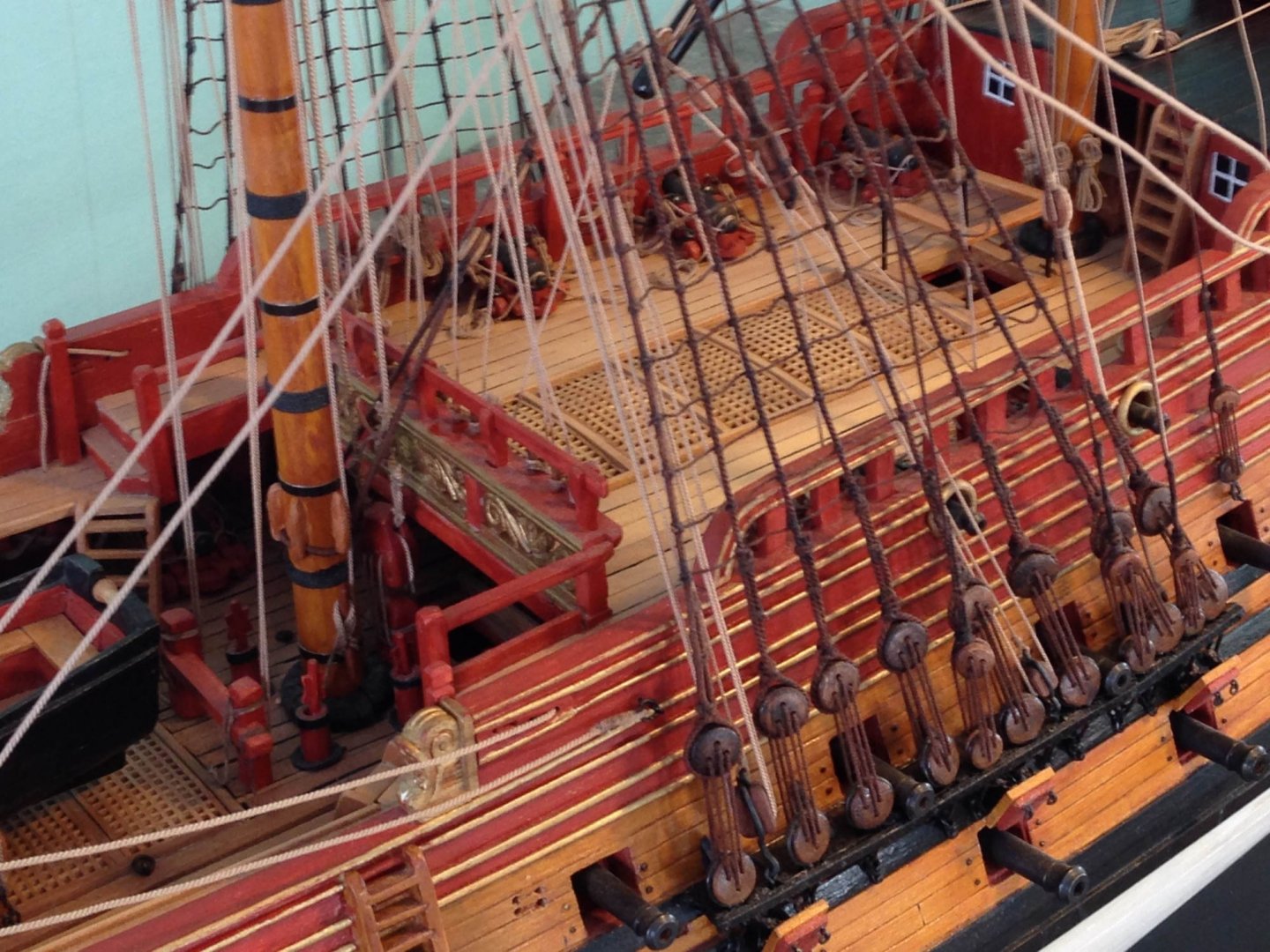
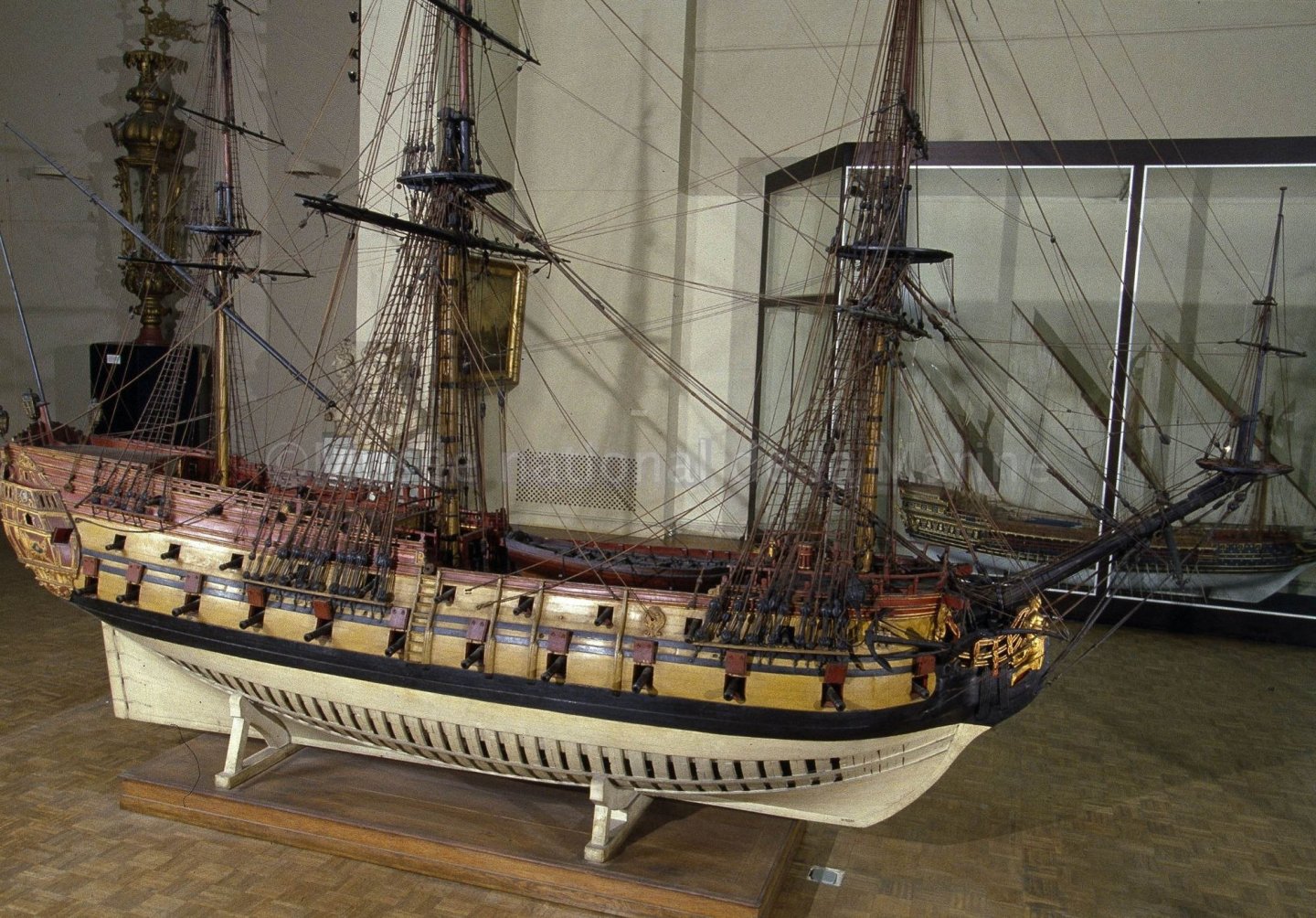
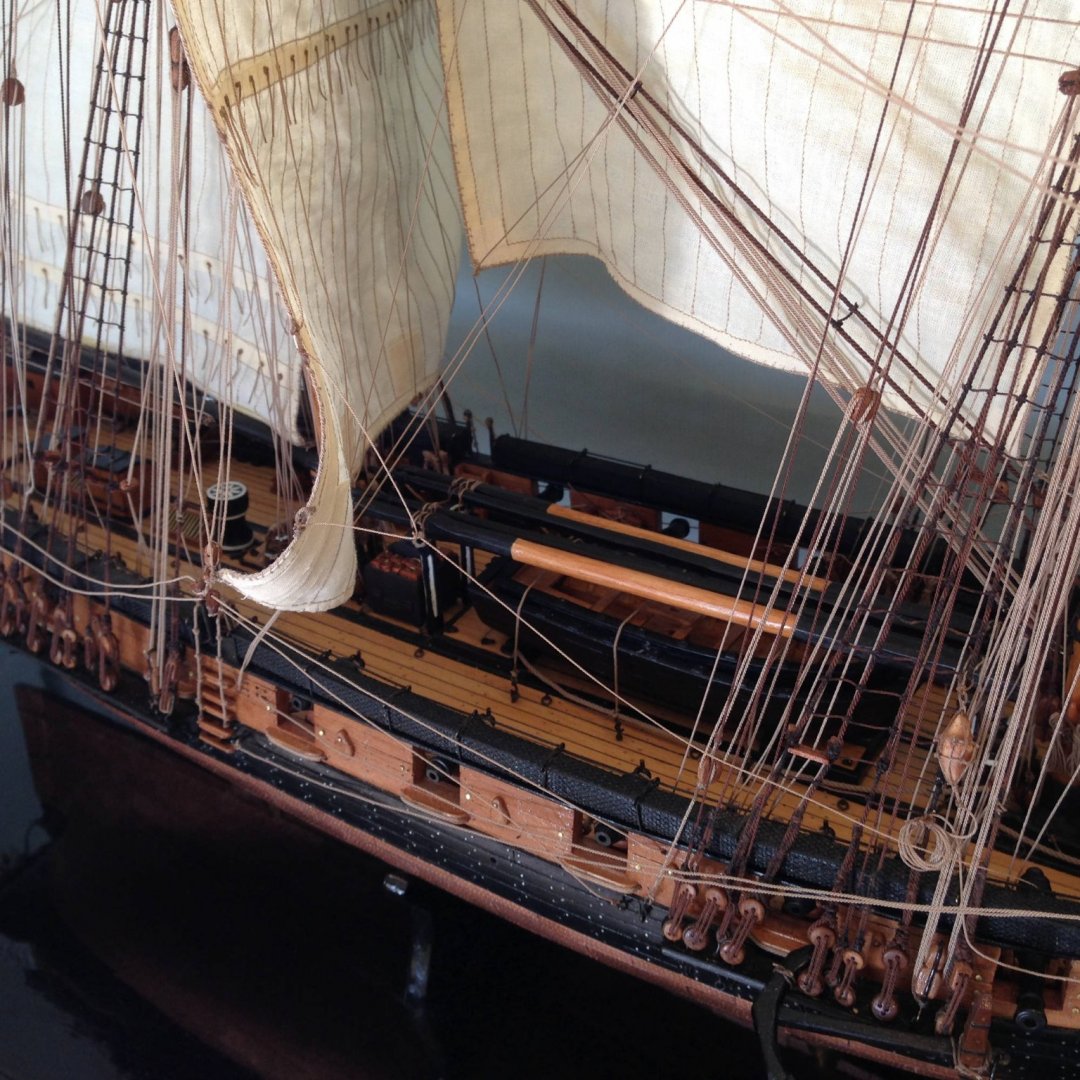
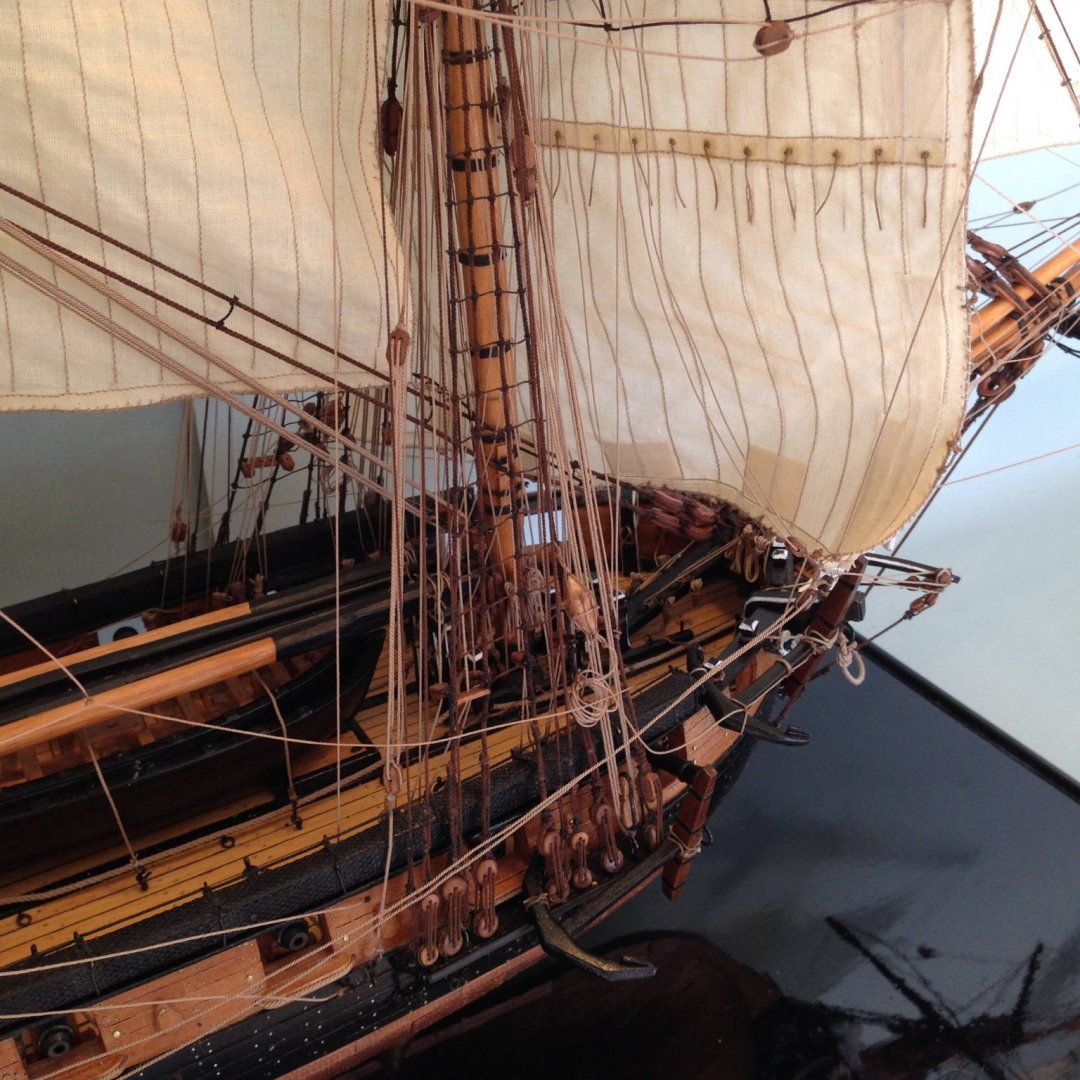
Figureheads of English East Indiamen 1750
in Nautical/Naval History
Posted
The figure heads are very similar to if not the same of Frederick af Chapman plans of his publication Architecture Navalis Mercatoria published 1763.
Bruce d's picture shows them mirrored. I attach the plans: